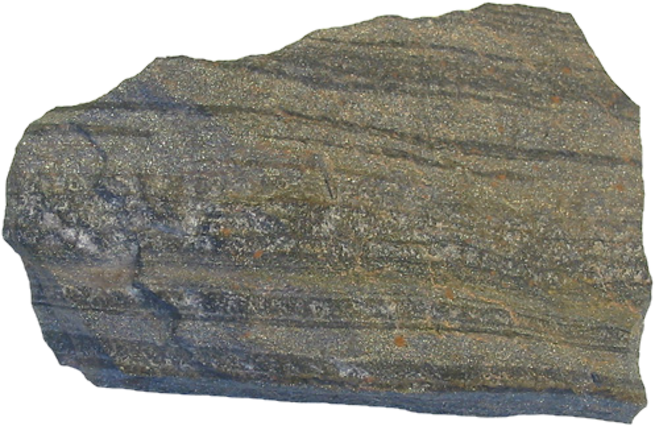Main Difference
The main difference between Ore and Gangue is that the Ore is a rock with valuable metals, minerals and elements and Gangue is a is the term used to describe rocks that cannot be used in the miners’ language.
-
Ore
An ore is a natural occurrence of rock or sediment that contains sufficient minerals with economically important elements, typically metals, that can be economically extracted from the deposit. The ores are extracted at a profit from the earth through mining; they are then refined (often via smelting) to extract the valuable element, or elements.
The ore grade, or concentration of an ore mineral or metal, as well as its form of occurrence, will directly affect the costs associated with mining the ore. The cost of extraction must thus be weighed against the metal value contained in the rock to determine what ore can be processed and what ore is of too low a grade to be worth mining. Metal ores are generally oxides, sulfides, silicates, or native metals (such as native copper) that are not commonly concentrated in the Earth’s crust, or noble metals (not usually forming compounds) such as gold. The ores must be processed to extract the elements of interest from the waste rock and from the ore minerals. Ore bodies are formed by a variety of geological processes. The process of ore formation is called ore genesis.
-
Gangue
In mining, gangue () is the oft commercially worthless material that surrounds, or is closely mixed with, a wanted mineral in an ore deposit. It is thus distinct from overburden, which is the waste rock or materials overlying an ore or mineral body that are displaced during mining without being processed, and from tailings, which is rock already stripped of valuable minerals; a worthless rock containing valuable material.
The separation of mineral from gangue is known as mineral processing, mineral dressing, or ore dressing. It is a necessary, and often significant, aspect of mining. It can be a complicated process, depending on the nature of the minerals involved. For example, galena, an ore of lead, is usually found in large pieces within its gangue, so it does not normally need extensive processing to remove it; but cassiterite, the chief ore of tin, is usually disseminated as very small crystals throughout its gangue, so when it is mined from hard rock, the ore-bearing rock first needs to be crushed very finely, and then has to be subjected to sophisticated processes to separate the ore.
For any particular ore deposit, and at any particular point in time, the concentration of the wanted mineral(s) in the gangue material will determine whether it is commercially viable to mine that deposit. The ease with which the ore can be separated also plays an important part. Early mining ventures, having relatively unsophisticated methods, often could not achieve a high degree of separation, so significant quantities of minerals found their way into the waste mineral dumps of mines. As the value of a mineral increases, or when new and cheaper means of processing the gangue to extract the ore are introduced, it may become worthwhile to rework such old dumps to retrieve the minerals they still contain.
-
Ore (noun)
Rock that contains utilitarian materials; primarily a rock containing metals or gems which—at the time of the rock’s evaluation and proposal for extraction—are able to be separated from its neighboring minerals and processed at a cost that does not exceed those materials’ present-day economic values.
-
Gangue (noun)
The earthy waste substances occurring in metallic ore.

